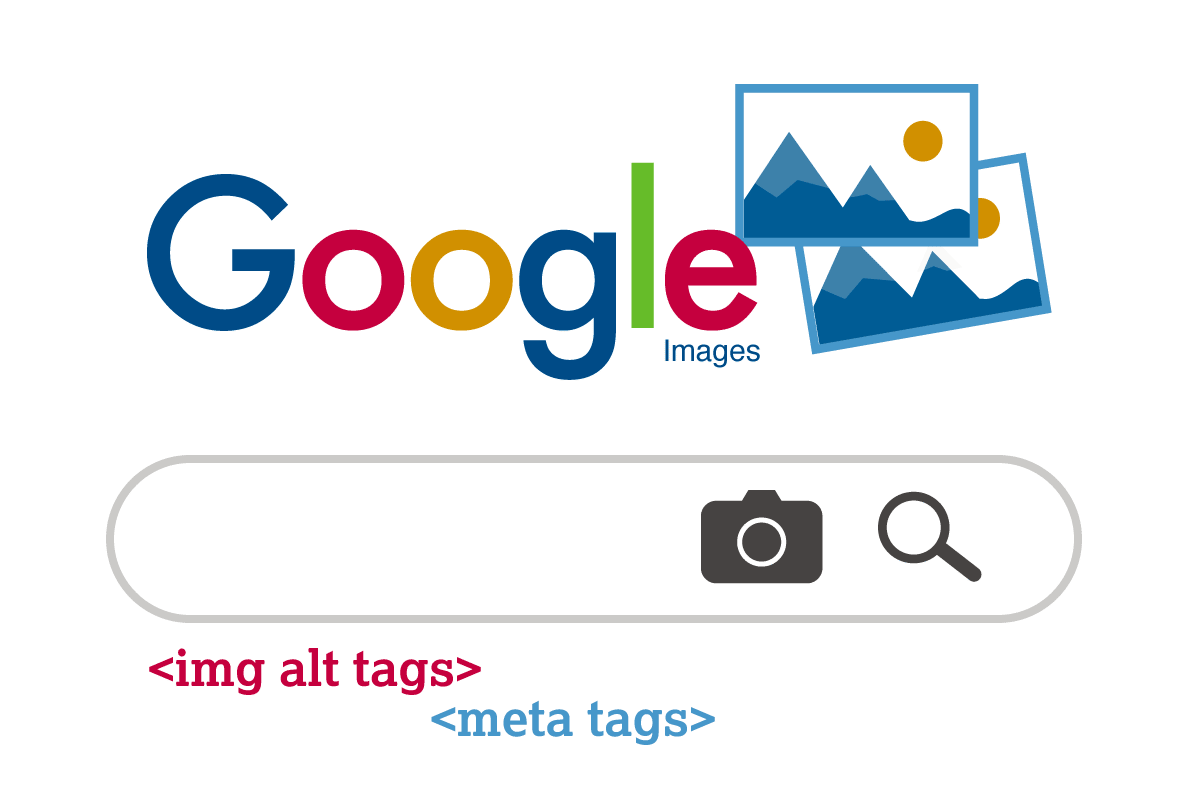


If the image matches the intent of the user, the image is displayed on search. The search engine tries to first identify images with surrounding text that matches the search query. It uses two methods to retrieve relevant images for the users. Google Image Search uses superior algorithms to find pictures that are relevant to the search query entered by a user. What this means is optimizing these individual elements continues to be a critical aspect of an on-page optimization strategy. Google still depends on factors such as the context, image file name, alt tags, image titles, description, and caption to understand if the image is suitable for a specific search query. Even though search engines like Google use reverse image search the quality of the image matters. However, displaying the right image on search is more challenging for search engines. The same process is applicable to image search. The search engine algorithms will find and display the best results based on relevance and authority. What happens when the user types a search query and press enter on Google? Let me explain the basics of search first before moving to more advanced Image SEO concepts. So, where do you go and search for the images? Of course, in 2022, Google is your go-to search engine. How do search engines find value inside the images you add? By implementing a proper image SEO strategy. The images you add within the content must add value to the users and search engines. That is where the term relevance comes to the fore. This doesn’t mean that adding tons of images can make users and search engines happy. So, think it this way, if Apple is presenting a five-year financial report in numbers alone, 9 out of 10 users will just skip that part as it’s hard to decipher the data.īut if you put the same data in a graph or a pie diagram like the one here, people will find it very helpful and they will continue reading your report.Ī whole passage of content that has no relevant images makes the users bounce off the page and look for something similar which has more images that are relevant. To avoid such circumstances, images are used in abundance by websites and they are evenly distributed within important sections to keep their visitors glued to the page. Since they have less attention span they might hit the back button as soon as they feel humdrum. Users consuming your content hate monotony. So, if you are creating a website focusing on ranking higher on search engines, make sure that the image SEO best practices listed in this article are followed without fail.īy the way, if you are running an e-commerce website, image SEO will play a pivotal role not only to rank you higher but also to increase the conversion rate. Most of the time, a result that accompanies an image gets more Click-Through Rate, like the one below. Google and other search engines have started showing images even on the web search results pages. If you think that image SEO is done only to help you rank higher on Google Image Search, then you are wrong!

Image SEO is the optimization technique that involves using best practices to ensure that your images are crawled, indexed, and displayed on search results for a relevant search query. With search engines now doing all the heavy lifting to find the best relevant images, users are provided with a sea of opportunities to consume images with a click on a button. You may have already come across this famous adage, “A picture is worth a thousand words.” Even though this adage was used first during the print era, its relevance doubled if not multiplied in the internet era. The simple answer is people’s attention span has reduced over the years and their affinity for visual content has reached an ever-time high. So, why should you care about Image SEO in the first place?


 0 kommentar(er)
0 kommentar(er)
